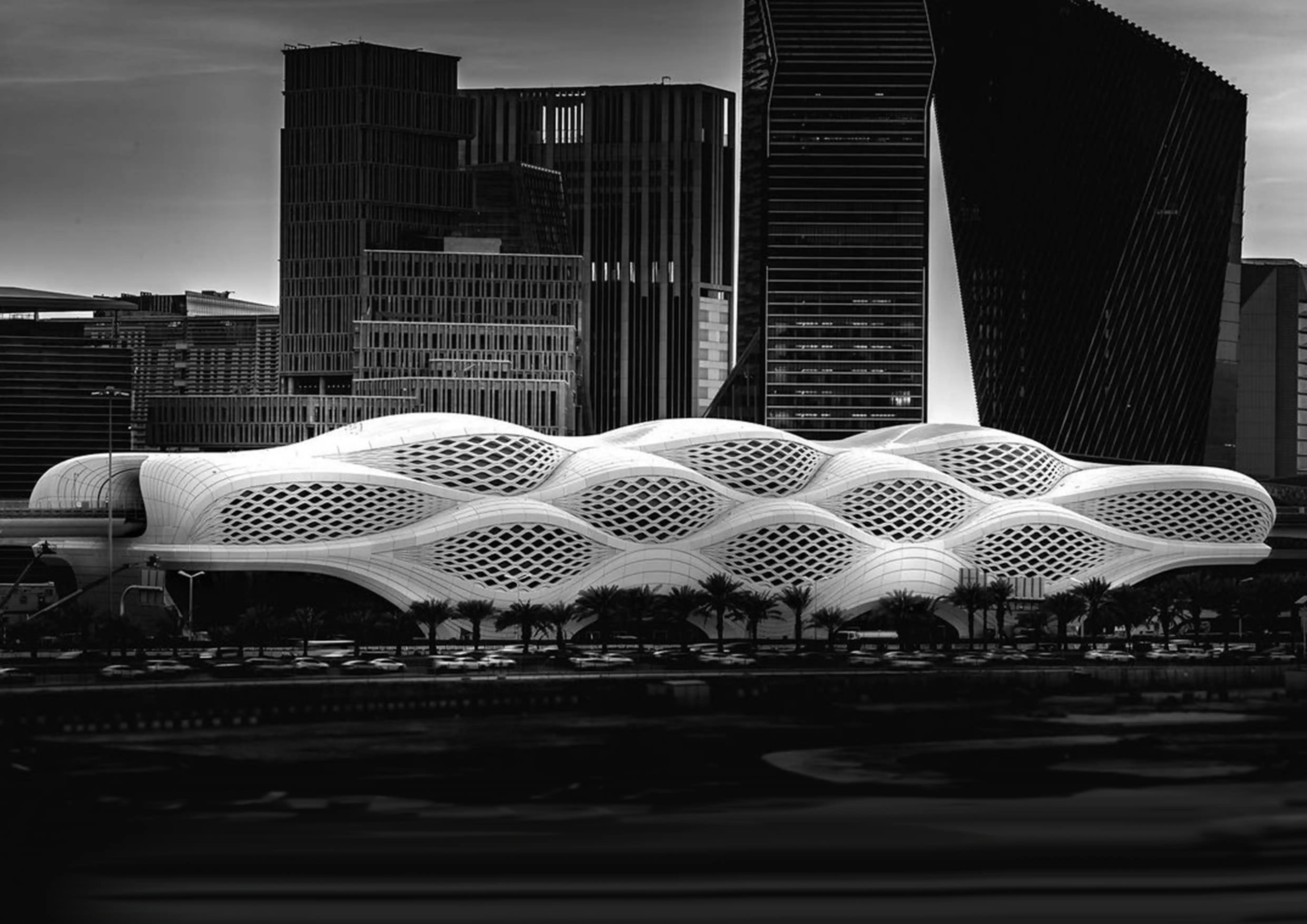Hyper Patterns aims to redefine the fundamental understanding of patterns and expand the rational capacity of complex geometries.

The studio aims to redefine our basic understanding of patterns, re-discover possibilities, and expand the rational capacity of complex geometries for the next generation of hyper-building clusters in a multi-scenario, multi-objective environment.
The form-finding mechanism is based on a rigorous and morphological process (to describe a scientific approach) constituted by 4 interconnected phases of exploration: Component Study[CS]Each group will select from a range of pre-rationalized components corresponding to the final project scenario. They will dichotomize by the component's inherent spatial characteristics. Through sets of experiments, manipulating and variating each of the defining geometrical parameters, students become familiar with the geometrical logic and document their findings in a matrix-based catalog.
Hyper Patterns studioThe Hyper Patterns design studio offers a fusion of academic knowledge and professional experience. Each applicant’s contribution to the final project will vary to reflect their own individual background and interests. Due to the intense nature and task deliverables, participants will work in groups. Each design phase will manifest itself in the meticulous production of a digital model series of matrix-based catalogs. As for the final project, the design studies will be materialized in tower typology research.
Our future is set to be urban. The global population will likely continue growing as we move forward in the 21st century. Today, more than half of the population [4.4 billion inhabitants] live in urban areas, and 1.5 million people are added to the global urban population every week. “70% of the world population projected to live in urban areas by 2050” UN Department of Economic and Social Affairs. The next golden age of skyscrapers is upon us; between 1924 and 1934, 49 buildings over 150m were completed in the US. Between 2006 and 2016, there will be a total of 2296, with new towers on every continent.
Design Prologue
Pattern, by definition, means series/sequences that repeat. It can be represented as visible regularities in nature within a form of geometric shapes such as symmetry, fractals, spirals, bubbles, And tessellations. From galaxy formation to an atomic orbital, almost every phenomenon in our cosmos is governed by rules that can be described as patterns in physical form. For over millennia, mankind has been attempting to explain the order in the universe, using mathematics to discover and explain abstract behaviors in nature. This year, the Hyper Patterns program aims to redefine our basic understanding of patterns, re-discovering possibilities, and expand the rational capacity of complex geometries for the next generation of hyper-building clusters in a multi-scenario multi-objective environment.
No comments found.